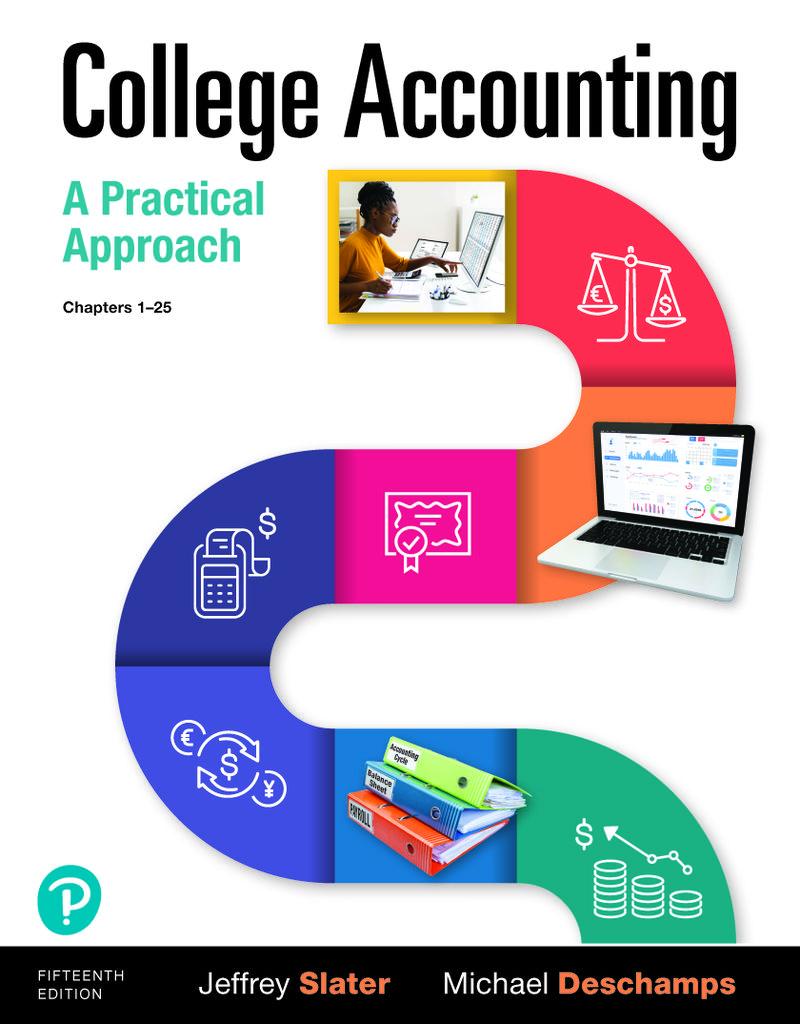Lesson 11 EP (Extra Credit 5 Problem 23-5A Analyzing sales mix strategies LO P3 10 Edgerton Company is able to produce two products, and with the same machine in its factory. The following information is available Producto Products $ 160 96 Selling price per unit Variable costa per unit Contribution margin per unit how to produce unit mnt sales per month 83 0.4 hours 600 units 1. hoc 150 unita The company presently operates the machine for a single eight-hour shift for 22 working days each month Management is thinking about operating the machine for two shifts, which will increase its productivity by another eight hours per day for 22 days per month This change would require $8,000 additional food costs per month. (Round hours per unit answers to I decimal place, Enter operating losses, if any, as negative values.) 1. Datormine the contribution margin per machine hour that och producten Producta Producto Contribution margin per unit $ 82.00 s 64.00 Machine hours per unit 0:41 10 Contribution margin per machine hour $ 205.00$ 64.00 Producto Product Maximum number of units to be sold 000 150 Hours quired to produce maximum uns 240 150 Yatal 300 2 Home Product and Product had the miciliar with anyone? sson 11 EP (Extra Credit) 240 150 390 5 Hours required to produce maximum units 2. How many units of Product and Product B should the company produce if it continues to operate with only one shift? How much total contribution margin does this mix produce each month? Product G Product B Total Hours dedicated to the production of each product 176 176 Units produced for most profitable sales mix 440 Contribution margin per unit $ 82.00 Total contribution margin-one shift $ - 36,080 s 36,080 Book 3. If the company adds another shift, how many units of Product G and Product B should it produce? How much total incremental income would this mix produce each month? Should the company add the new shift? Product G Product B Total 240 112 352 Hours dedicated to the production of each product Units produced for most profitable sales mix 600 112 Contribution margin per unit $ 8200 $ 64.00 Total contribution margin-two shifts $ 49,200 $ 7.168$ 56,368 Total contribution margin-one shift 36,080 Change in contribution margin 20,288 Change in fond costs 8,000 Change in operating incomellos) S 12,288 Total incremental income Should the company add another shift? 'Yes 4. Suppose the company determines that it can increasa Product G's maximum sales to 700 units per month by spending $7,000 per month in marketing efforts. Should the company pursue this strategy and the double shift? Compute total con 11 EP (Extra Credit) Yes 5 Should the company add another shift? 4. Suppose the company determines that it can increase Product G's maximum sales to 700 units per month by spending 57,000 per month in marketing offorts. Should the company pursue this strategy and the double shift? Compute totat incremental income Product G Product B Total Second shift without marketing campaign: Units produced for most proftable sales mix 700 72 Contribution margin per unit $ 82.00 $ 64.00 Contribution margin $ - 57400 $ 4,608 eBook Second shift with marketing campaign: Units produced for most profitable sales mix Contribution margin per unit Contribution margin S 0$ 0









